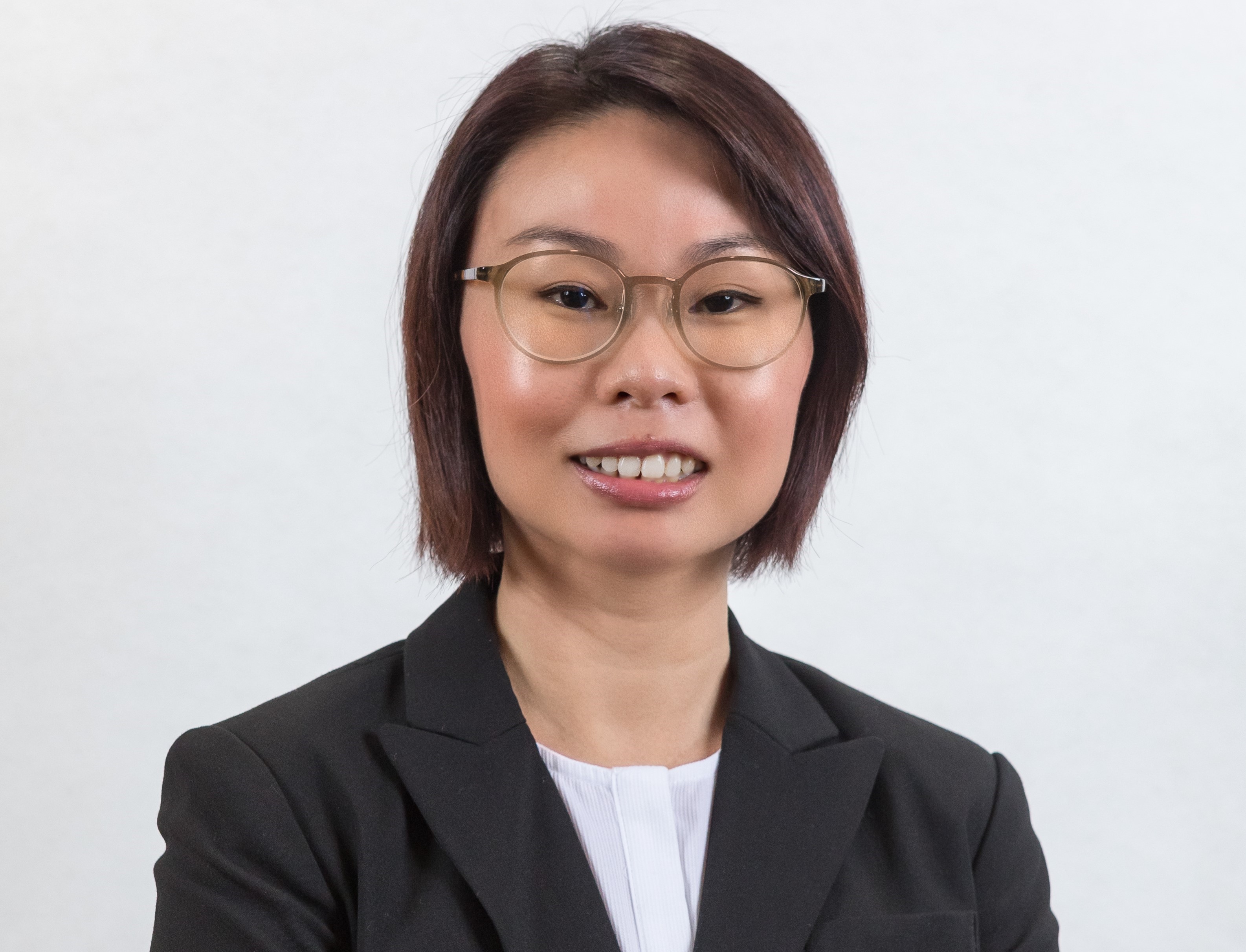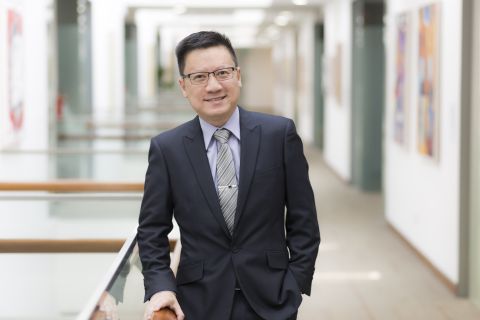
By Alvin Lee
SMU Office of Research & Tech Transfer – When Singapore emerged from a two-month long COVID-19-imposed Circuit Breaker (CB), AI Singapore, a national Artificial Intelligence (AI) programme set up by the National Research Foundation (NRF) to anchor deep national capabilities in AI, launched the AI vs COVID-19 Ideation Challenge. The goal was to “encourage the curation of innovative ideas using AI methods and technologies to improve people’s lives during and after the pandemic”.
Open to all full-time students aged 13 years or older at local public educational institutions up to universities, the competition sought to identify existing solutions to problems that could be better improved with the use of AI.
SMU Masters of IT in Business student Huang Xiaoling won one of the spots for the 10 best entries for her Customised Teaching Assistant proposal:
“A digital teaching assistant that is customised to the progress of each student. Students need to take a quiz on a regular basis to check their knowledge of the topics. From these quizzes, scores which determine their knowledge will be automatically computed for each student. Depending on their scores, the teaching assistant will share the scores with the students and prompt them for further readings.”
“It's still a robot or a chatbot, no one will sit next to you and go through the content line by line. Students need to take the initiative to use the tool,” explains Huang, who came up with the idea after tackling online learning modules during the CB lockdown which closed all schools.
Building for quality (time)
She found, as an adult, the online instruction a challenge. Young students, she reasoned, would likely need more help to stay interested and focused.
The main benefit of the proposed solution is that students have a teaching assistant that is available on demand, which allows students to learn at their own pace. The big payoff is students can absorb better, and an increase in family time that would otherwise have been swallowed up by tuition and enrichment classes.
Huang’s proposal is part of an ideation exercise, which did not require technical details such as hardware requirements and software/programming. But if AI Singapore decides to take up this idea and turn it into reality, what might the obstacles be?
“Based on the current technology landscape and expertise available out there, I don't think coming up with a tool like this would be tougher than getting the users to adopt it,” she tells the Office of Research and Tech Transfer. “It will be difficult to get the students to take the series of tests to calibrate their understanding. Without users, the tool would be a white elephant.
“The tool should either be interactive or include elements of gamification in order to entice students to use it. I believe the implementation and execution are the most challenging.”
With regard to how the Customised Teaching Assistant could be built, Huang singled out Natural Language Processing (NLP) as the main technology to look at, even though there might be obstacles when it comes to teaching Chinese.
“NLP in English is quite developed, but because of the language complexity, it may be quite difficult to develop a proper tool for Chinese at the moment,” notes Huang. “So I believe the Chinese language will not be something the Customised Teaching Assistant can help with initially.”
Huang concedes that the Customised Teaching Assistant would require close participation from parents of children below 10. For the mother of a six-year-old child who is about to start Primary One, it might actually be a blessing in disguise.
“Although parents will need to sit down and go through the lessons together with their young kids, the children get to spend time with their parents, rather than with the enrichment teachers,” Huang says. “I think that’s quality time kids get to spend with parents.”
Back to Research@SMU Nov 2020 Issue
See More News
Want to see more of SMU Research?
Sign up for Research@SMU e-newslettter to know more about our research and research-related events!
If you would like to remove yourself from all our mailing list, please visit https://eservices.smu.edu.sg/internet/DNC/Default.aspx
